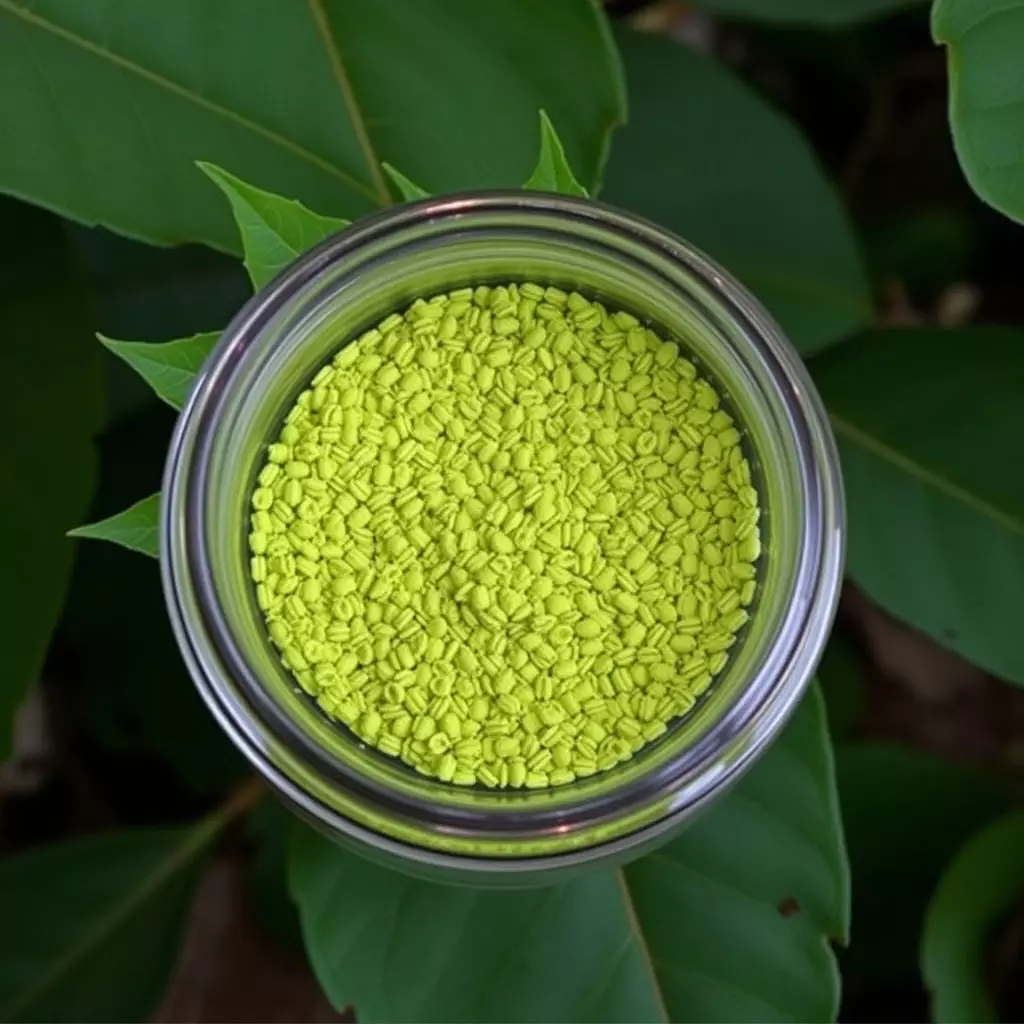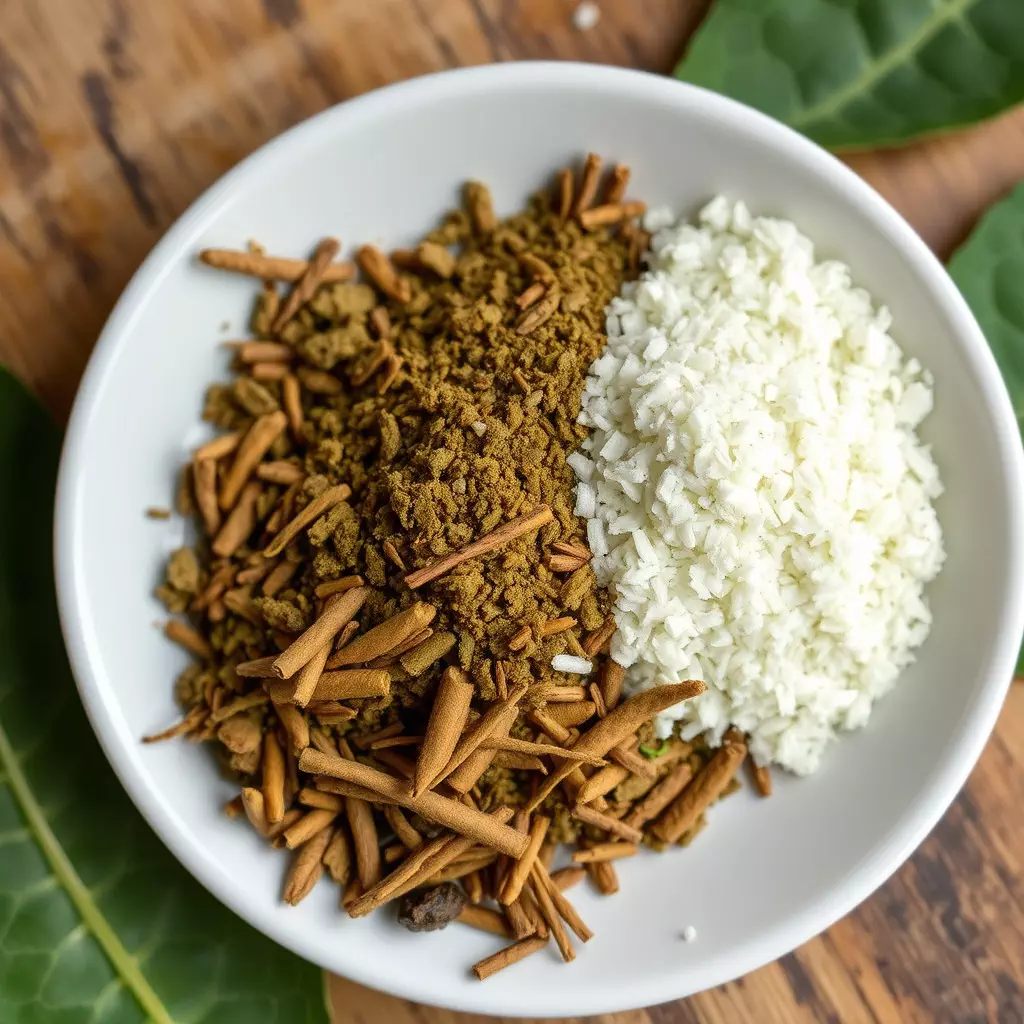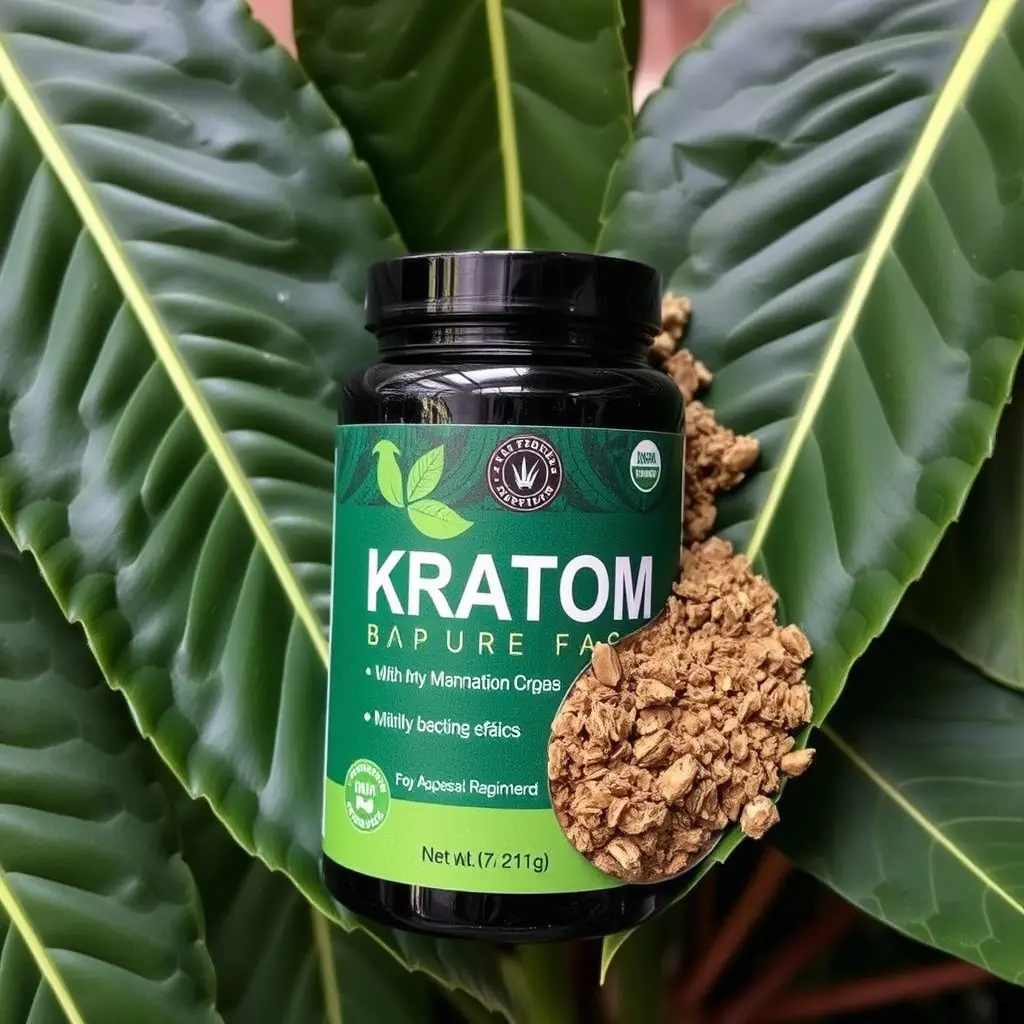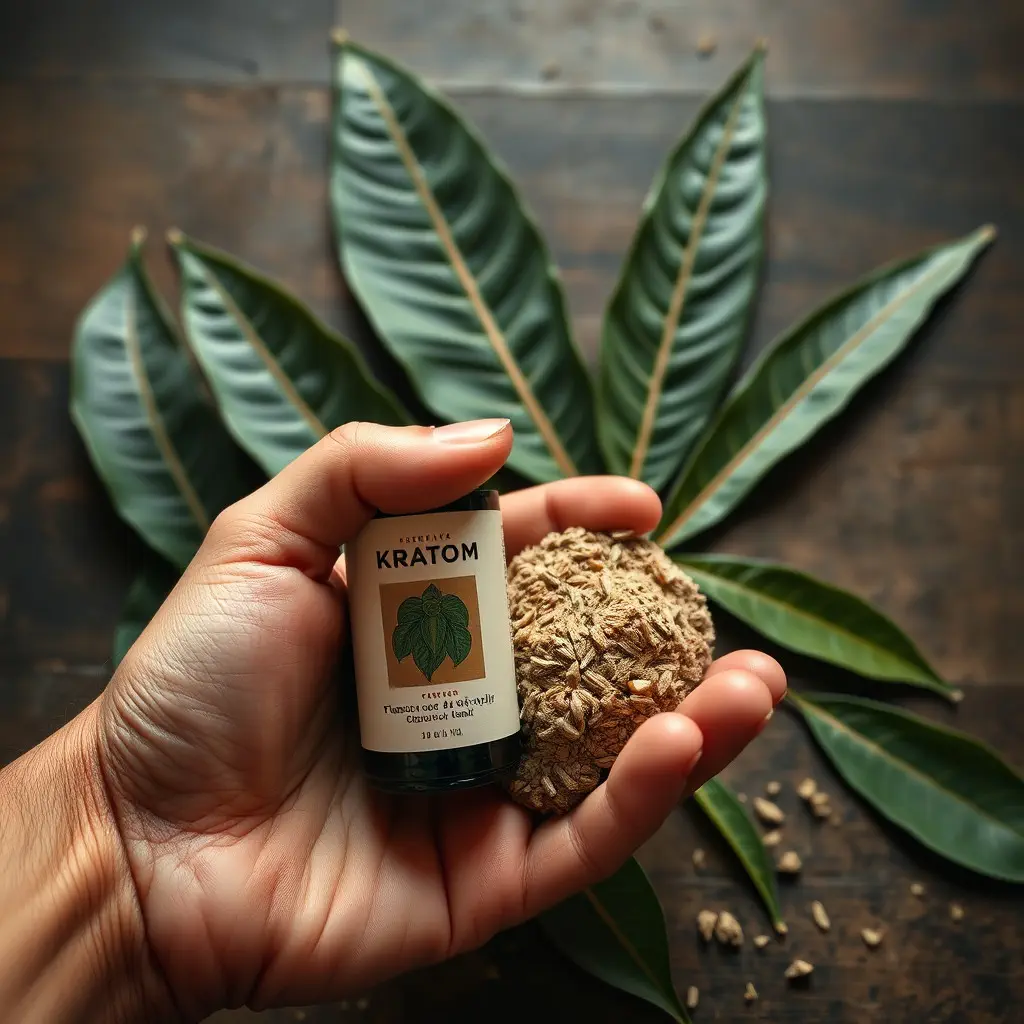Kratom, derived from the Mitragyna speciosa tree, is gaining attention as a natural alternative for pain relief. Its active alkaloids, mitragynine and 7-hydroxymitragynine, engage with brain opioid receptors to provide analgesic effects suitable for both acute and chronic pain conditions. While it may help some individuals reduce their reliance on synthetic opioids amidst the opioid epidemic, the scientific community emphasizes that more research is needed to fully understand its efficacy and safety profile. The variability in user experiences and potential side effects highlight the importance of medical supervision when considering kratom for pain management. As such, those interested in using kratom for pain relief should consult healthcare providers to make informed decisions within a regulated framework. Kratom's status as a natural pain relief option is complex and varies by region, underscoring the need for cautious exploration of its potential benefits and risks.
exploration into the potential of Kratom as a natural alternative for pain management is gaining attention. This article delves into how Kratom, derived from the Mitragyna Speciosa plant, may offer significant pain relief without the reliance on prescription painkillers. We will examine its efficacy for chronic pain, backed by scientific evidence, and discuss the mechanisms that make it a promising option for those seeking to reduce their dependence on traditional medications. Join us as we unravel the layers of Kratom’s role in natural pain relief and its implications for holistic health strategies.
- Kratom's Role in Natural Pain Relief: Understanding Mitragyna Speciosa
- Evaluating Kratom Efficacy for Chronic Pain Management
- The Science Behind Kratom and Its Impact on Pain Medication Dependence
Kratom's Role in Natural Pain Relief: Understanding Mitragyna Speciosa

Kratom, derived from the leaves of the Mitragyna speciosa tree, has been recognized for its potential to offer natural pain relief. This botanical substance has garnered attention as an alternative to traditional prescription painkillers, which often come with a range of side effects and the risk of addiction. The active compounds found in kratom, namely mitragynine and 7-hydroxymitragynine, interact with the opioid receptors in the brain, providing analgesic effects that can alleviate various types of pain, from mild to chronic discomfort. Users have reported that kratom effectively manages their pain without the need for synthetic opioids, which is particularly significant in the face of the ongoing opioid crisis. It’s important to approach the use of kratom with caution, as it requires further research and regulation to fully understand its efficacy and safety profile. Nonetheless, for those seeking natural pain relief solutions, kratom presents an intriguing option that warrants careful consideration within a responsible framework.
Evaluating Kratom Efficacy for Chronic Pain Management

Kratom, a plant native to Southeast Asia, has garnered attention in the realm of natural pain relief due to its potential efficacy for chronic pain management. The alkaloids present in kratom leaves, primarily mitragynine and 7-hydroxymitragynine, are believed to interact with opioid receptors in the brain, offering analgesic effects. Research examining pain relief with kratom suggests that it may be a viable alternative for individuals experiencing chronic pain. However, the scientific community is still evaluating the long-term safety and efficacy of kratom as a treatment option. Preliminary studies indicate that kratom can significantly reduce pain levels, with users reporting both acute and chronic pain alleviation. It’s important to approach the use of kratom with caution, as its effects can vary widely among individuals, and it carries the potential for side effects and addiction. As such, any consideration of kratom as a means for pain relief should be done under medical supervision, particularly given the complex regulatory landscape surrounding its use in various countries. Users considering kratom for chronic pain management should seek guidance from healthcare professionals to ensure safe and effective use.
The Science Behind Kratom and Its Impact on Pain Medication Dependence

Kratom, a tropical evergreen tree native to Southeast Asia, has garnered attention in the realm of natural pain relief due to its active compounds, mitragynine and 7-hydroxymitragynine. These alkaloids interact with the body’s opioid receptors, potentially offering analgesic properties. Scientific studies suggest that kratom may provide significant pain relief for a variety of conditions, from chronic pain to acute injuries. Users report that kratom effectively manages their discomfort, often as an alternative to prescription opioids. This could be particularly beneficial in addressing the opioid crisis by offering a non-addictive option for pain management. The efficacy of kratom for pain relief is attributed to its complex pharmacology, which includes not only opioid receptor activation but also interactions with other neurotransmitter systems, such as dopamine and serotonin. This comprehensive action may contribute to its ability to reduce or eliminate the need for prescription painkillers in some individuals. However, it’s important to approach the use of kratom with caution, as its regulatory status varies by country, and more research is needed to fully understand its long-term effects and optimal usage protocols. Users considering kratom for pain relief should consult healthcare professionals to ensure safe and effective use within the context of their overall health plan.
In conclusion, the potential of kratom as a natural alternative for pain relief presents an intriguing avenue for individuals seeking to reduce their reliance on prescription painkillers or other medications. The insights into Kratom’s role in pain management and its scientific basis offer promising perspectives for those experiencing chronic pain. While more research is necessary to fully understand the long-term implications of kratom use, the current findings suggest that this plant could play a significant role in the realm of pain relief without the need for synthetic opioids, thereby potentially mitigating issues related to medication dependence and the associated risks. As such, kratom’s efficacy for chronic pain management warrants further scientific scrutiny and careful consideration by healthcare professionals and patients alike.






